The Enquirer
by JANELLE GELFAND
Ariel Quartet plays thrilling performance at CCM
The Ariel Quartet has begun a feat that few string quartets have ever attempted. On Thursday, the Ariel – quartet-in-residence at the University of Cincinnati College-Conservatory of Music – performed the first installment in a complete survey of all 17 of Beethoven’s String Quartets.The Ariel will be the first ensemble to perform “The Cycle” in Cincinnati. And they are doing it all in eight weeks, before its members turn 30.
Last fall, the award-winning group, which formed in Israel before coming to the United States, won the distinguished Cleveland Quartet Award, which will include a performance in Carnegie Hall.
As they took their chairs on Thursday, you could feel the electricity in the hall. For any musician, such a challenge is like climbing Mount Everest. Beethoven’s quartets, like his symphonies, revolutionized Western classical music and remain one of its greatest achievements. But there were no butterflies as these players – violinists Alexandra Kazovsky and Gershon Gerchikov, violist Jan Grüning and cellist Amit Even-Tov – began their ascent before a large audience in CCM’s Corbett Auditorium.
Beethoven’s quartets parallel his other musical monuments, the symphonies and piano sonatas, written during early, middle and late periods of his life. Rather than tackle them in chronological order, the Ariel is presenting one quartet from each period in their programs.
For the first, they played Quartet in F Major, Op. 18 No. 1; Quartet in F Minor, Op. 95, “Serioso”; and Quartet in E-flat Major, Op. 127. From the first notes, it was thrilling to witness their effortless communication, whether in formidable technical passages or in some of the most sublime music that Beethoven ever wrote. It was all played with a blend of youthful passion and absolute integrity for the music.
Beethoven’s F Major Quartet, Op. 18 No. 1, begins a survey of six in that group that are in homage to Haydn and Mozart. With Gerchikov sitting in the first violin chair, the quartet caught its combination of fire and humor, and played with bracing vigor.
One could marvel at their pinpoint attack and cutoffs, performed for maximum dramatic effect, sometimes with flinging bows. The slow movement was phrased with profound beauty, and the players breathed together as one. They smiled through the light, humorous scherzo, and soared through the finale with chameleon-like changes in color and mood.Beethoven wrote his Quartet in F Minor, Op. 95, which he subtitled “Serioso,” at a desperate time of poor health, hearing loss and unlucky love. Here, the musicians communicated the inner turmoil of this piece with remarkable timbre and ferocity of attack. Vivid emotion projected to the listener. The audience didn’t breathe through breathtaking pianissimos and moments of stunning blend. The finale’s coda was lightning quick, and the effect was electrifying.
After Intermission, with Kazovsky in the first violin chair this time, Beethoven’s Quartet in E-flat Major, Op. 127, summoned a world of more lyrical beauty, but no less intensity. The heart of this work is its slow movement. Here, the profoundly beautiful melodies unfolded with gentle warmth, and the musicians’ communicated with depth of feeling. The quartet ended on a genial note. Kazovsky’s phrasing was a thing of beauty, and the players seemed to be having fun.
Despite the subzero temperatures, a large crowd turned out, recalling those that flocked to hear the legendary LaSalle Quartet during its residency at CCM, 1953-88. It is clear that barely two years into its residency, the Ariel is continuing that legacy and beginning its own.

